

Twill
0/40
430
160
150*300
As its name suggests, this fabric features diagonal lines on its surface and is one of the strong, durable, and widely used fabrics in the textile industry. Twill fabric is a very ideal option, and manufacturers have widely welcomed the diverse colors of filament twill for producing various types of bags and suitcases. Almost all producers are aware of the quality, durability, thickness, and reasonable price of different types of twill fabrics. However, the main uses of twill fabric are not limited only to making bags and suitcases. The quality of the yarn used, the weaving process, dyeing, and proper finishing are the key factors that differentiate high-quality production. The excellent durability of this fabric has earned the satisfaction of consumers.
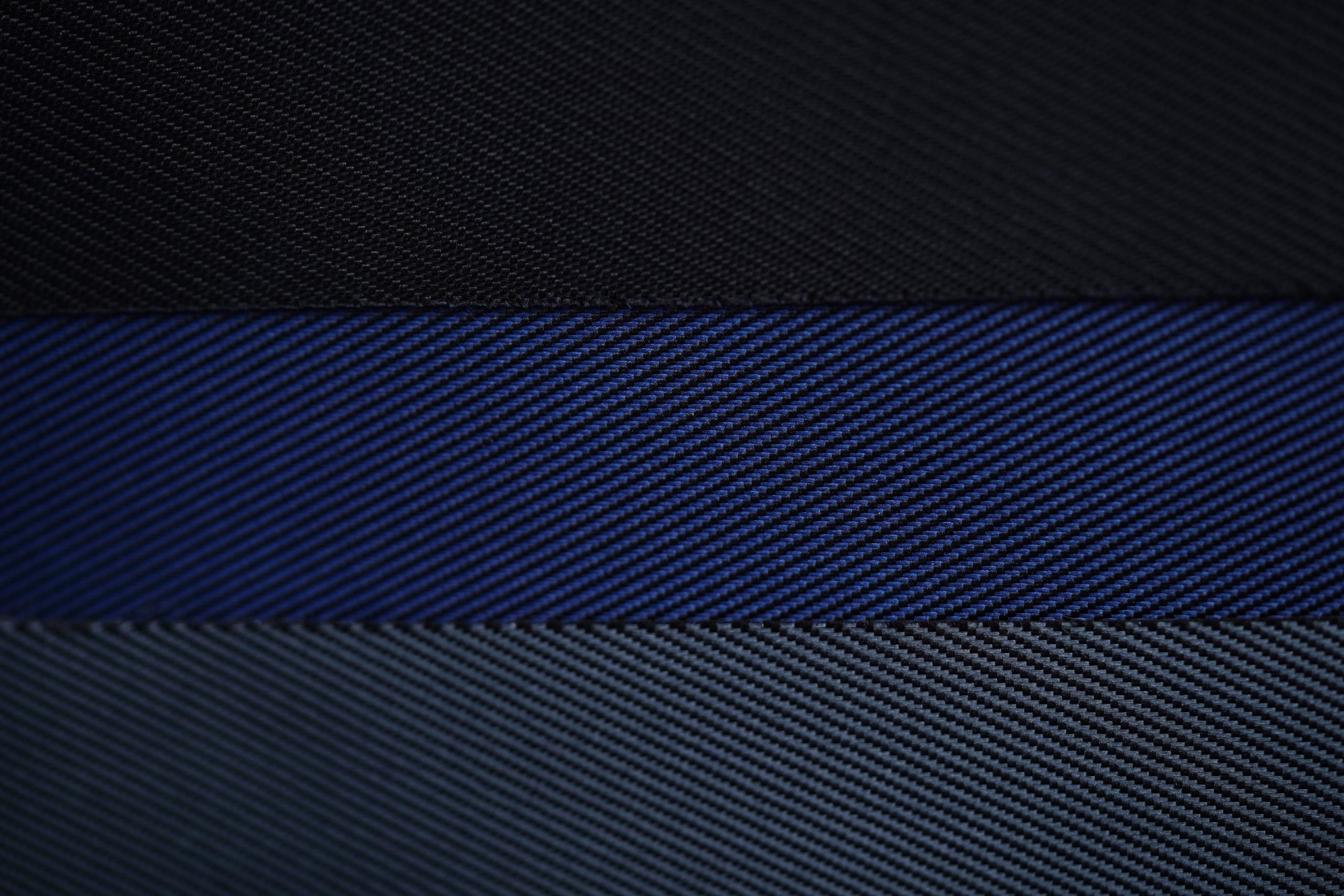
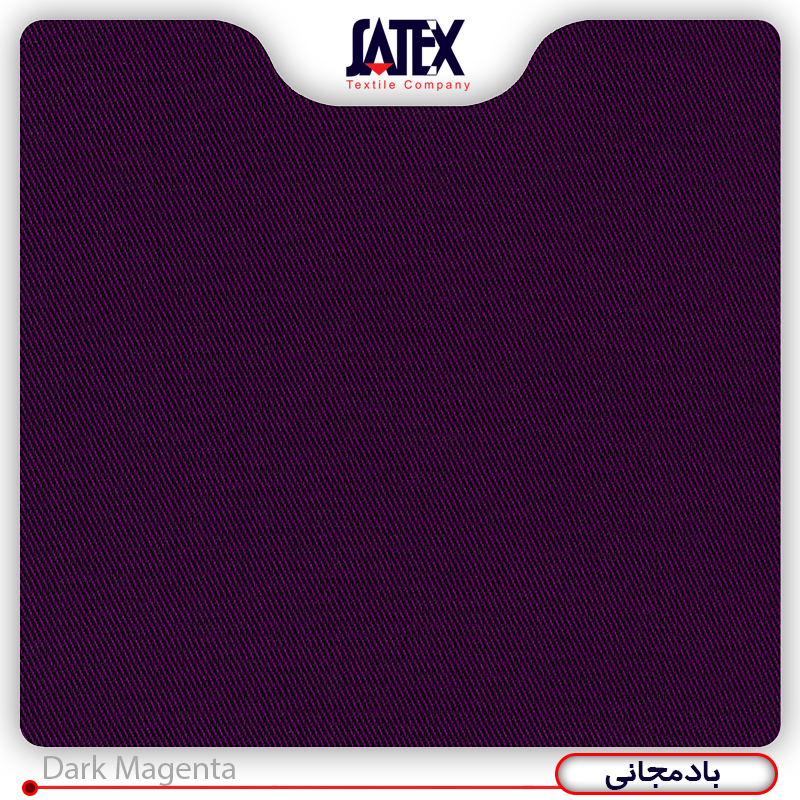
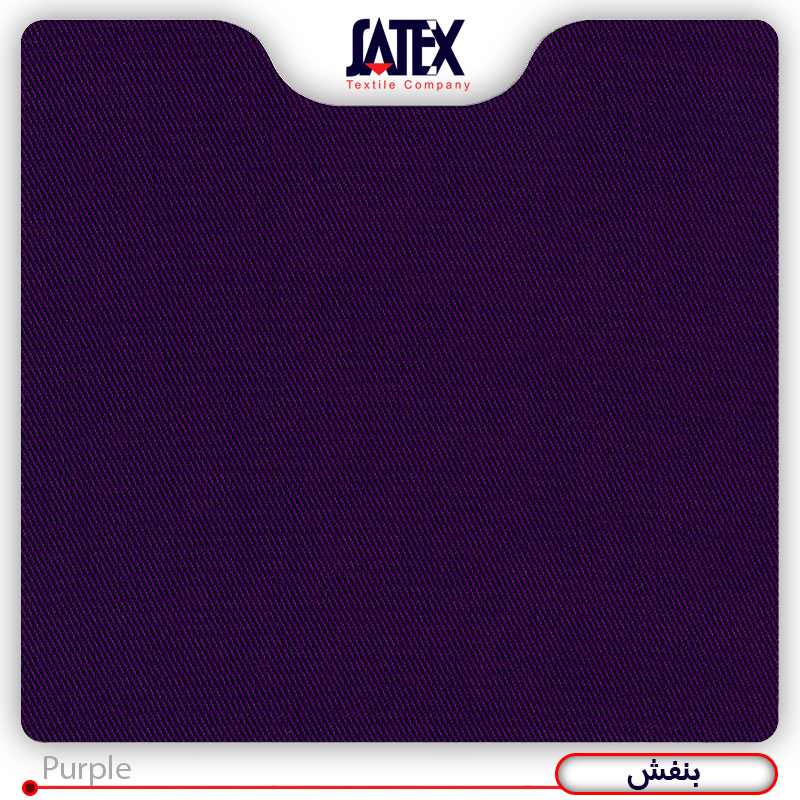
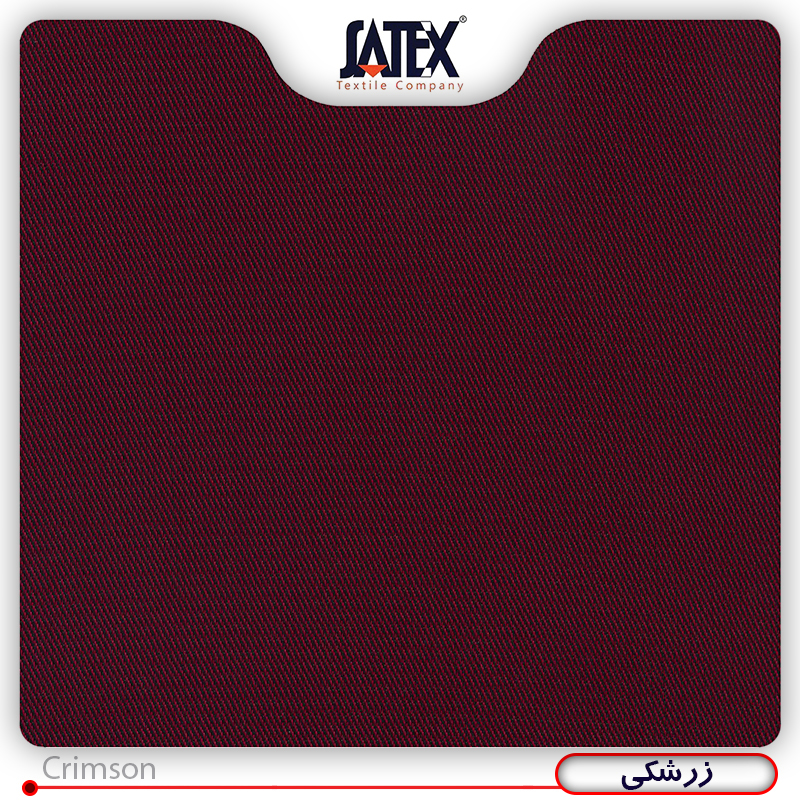
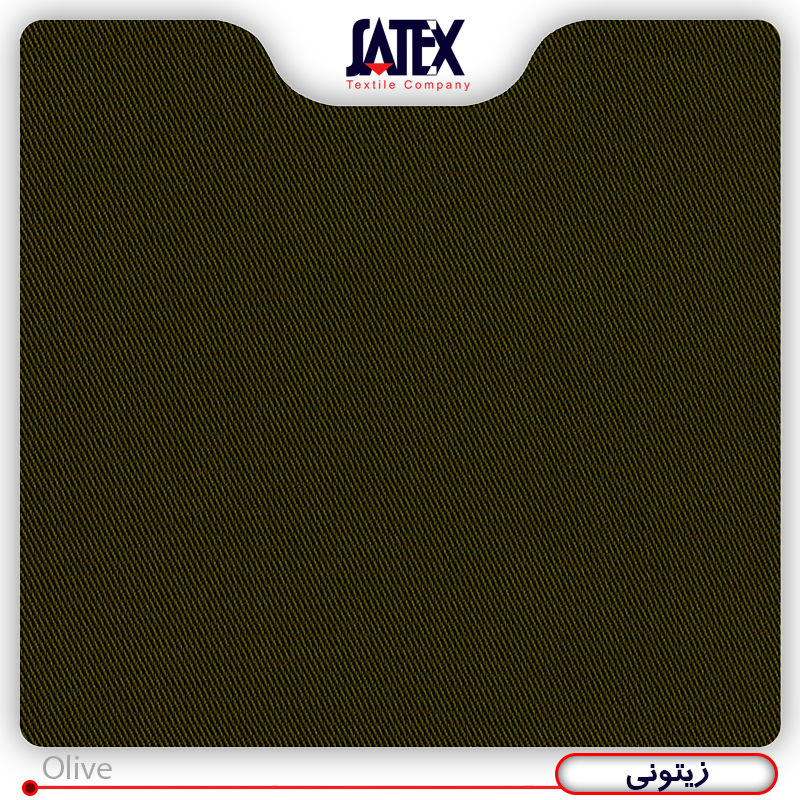
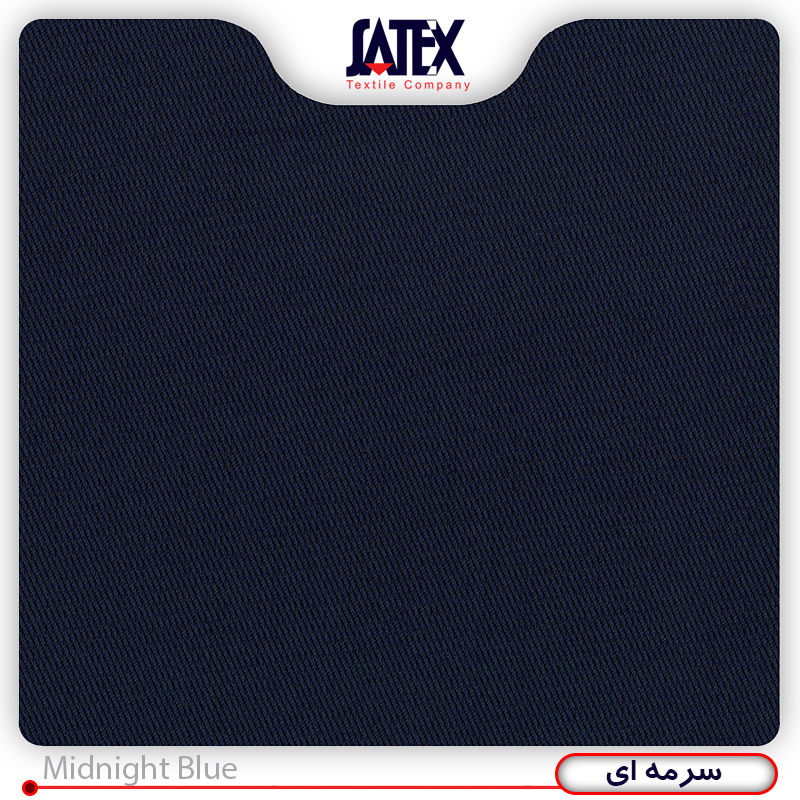
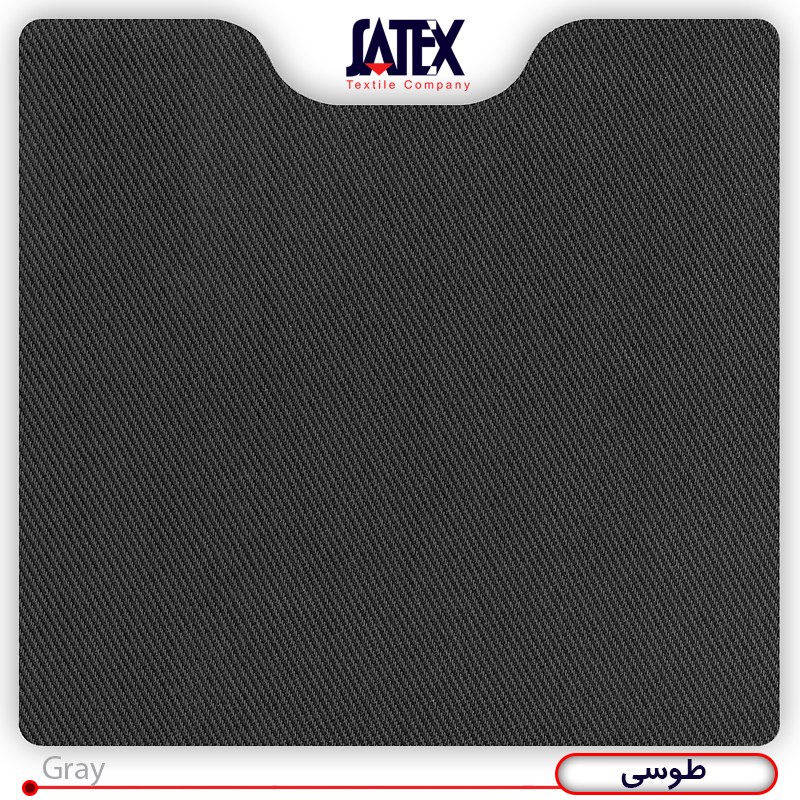
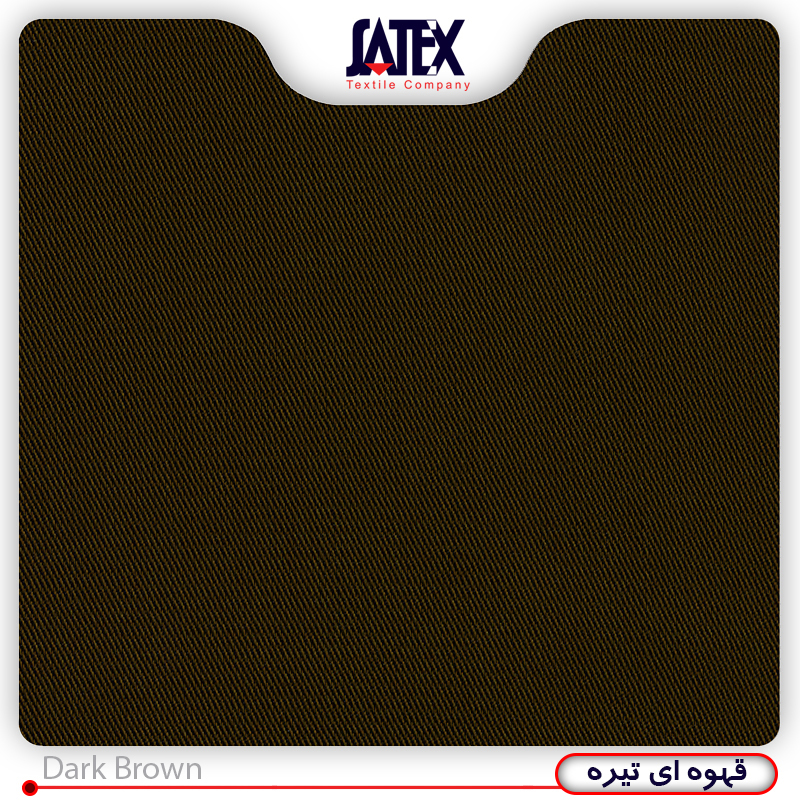
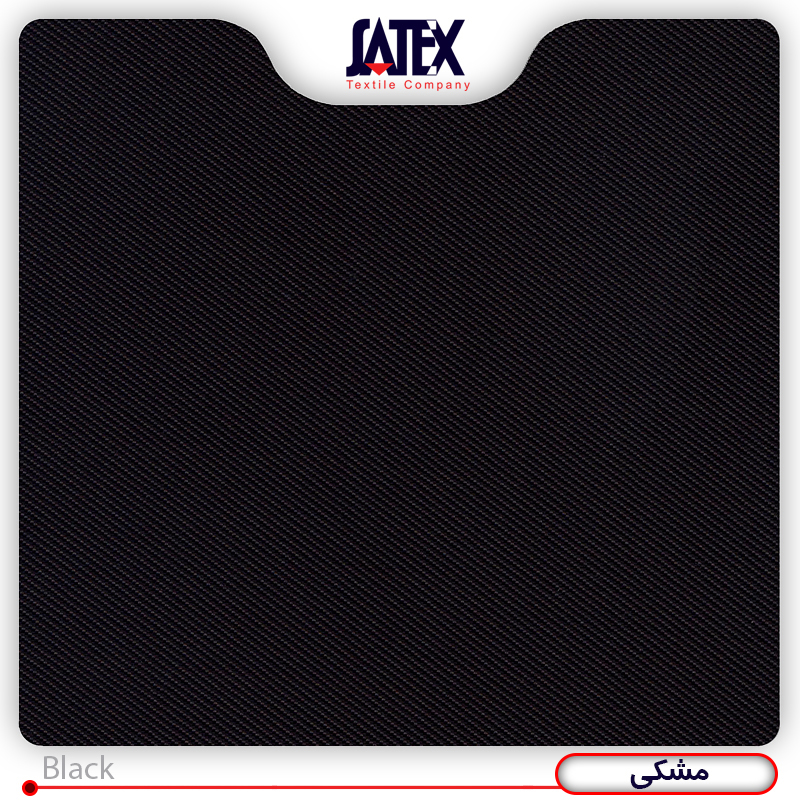
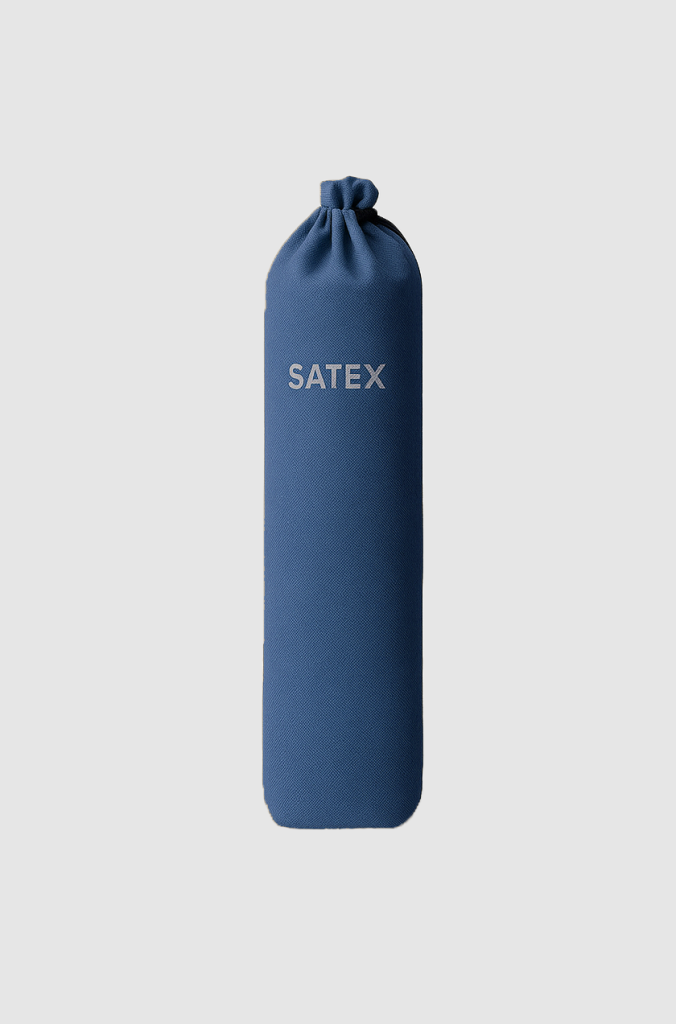

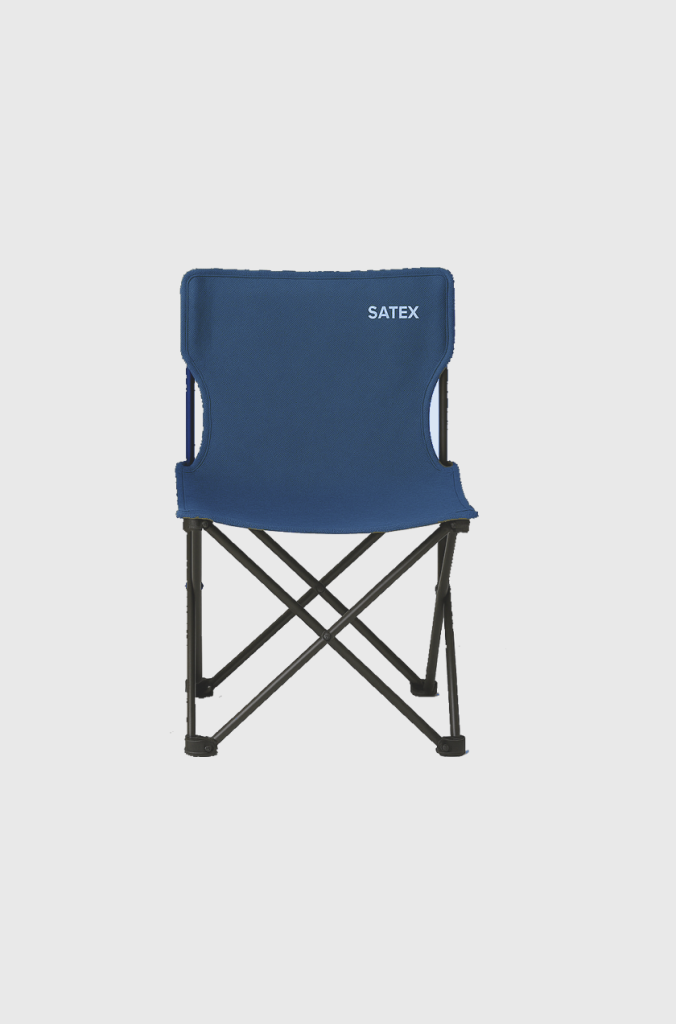
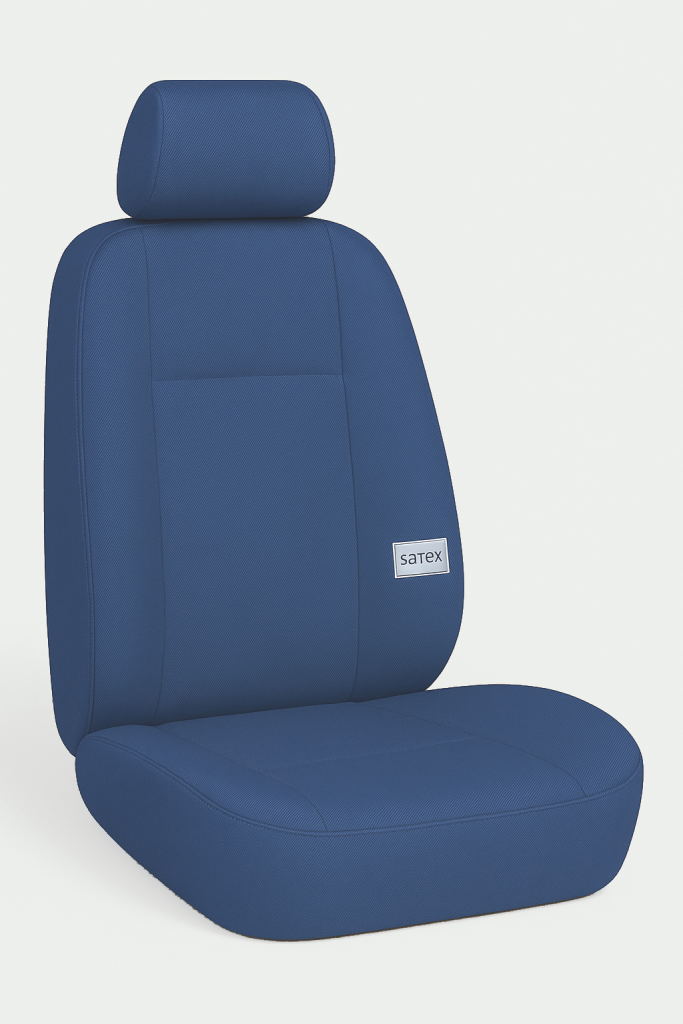
Regular twill fabric has no coating and absorbs water, while the waterproof type is treated with a special layer of PU, PVC, or paraffin that prevents water penetration.
Yes, but with some precautions:
It should be washed with cold or lukewarm water.
Avoid using strong detergents or bleach.
It’s better to wash it by hand or with an industrial washing machine, not a household one.
Due to its diagonal weave and high density, industrial twill has excellent resistance to stretching, tearing, and abrasion — especially when combined with a waterproof coating.
Waterproof types of this fabric are resistant to rain, moisture, and, to some extent, sunlight, making them fully suitable for open and semi-open industrial environments. However, for prolonged exposure to strong sunlight, it’s better to use a version with UV protection.
The weight of industrial twill fabric is usually between 280 and 400 grams per square meter. Heavier models are used for winter workwear or more durable applications.
Oil, gas, and petrochemical industries
Power plants and manufacturing factories
Repair shops and industrial workshops
Municipal service companies
Workwear and industrial bag manufacturers
At Satex, we produce more than just fabrics; we provide reliable solutions for future-proof industries. From high resistance to adaptability to harsh industrial conditions, we are the first choice of industry professional.
Copyright © 2025 All rights reserved.